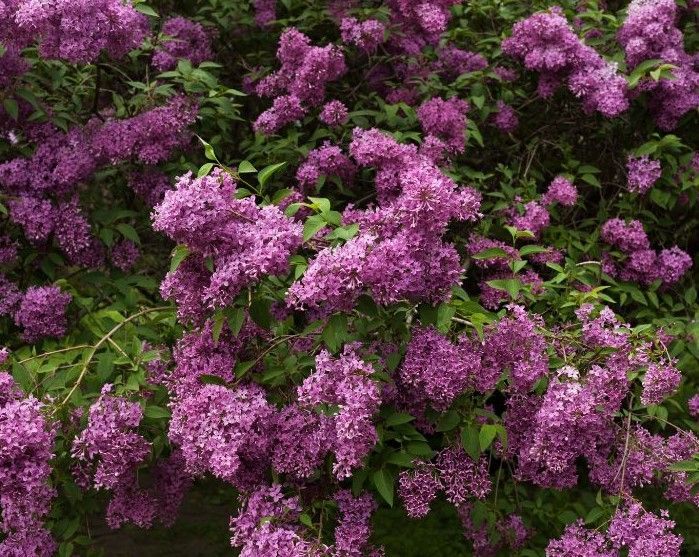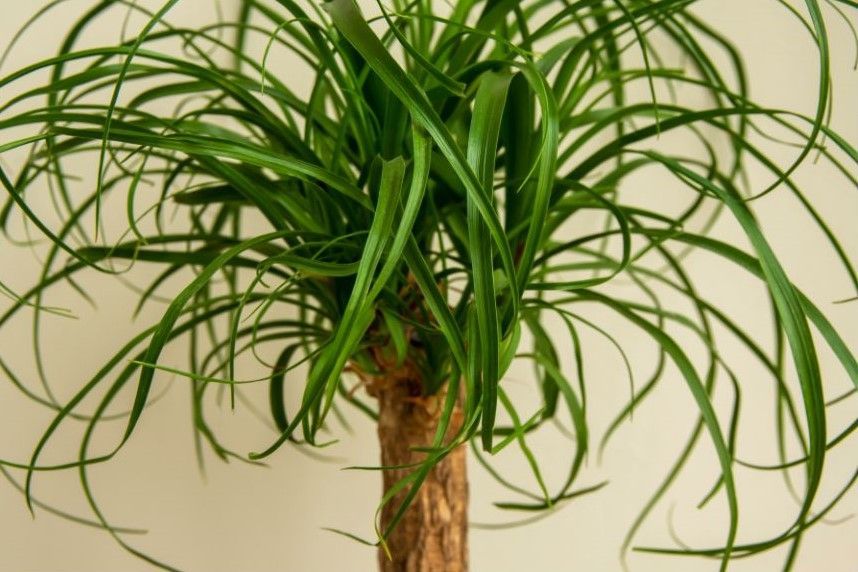Low Maintenance Alternatives to Grass Lawns
Traditional grass lawns have a rich history dating back to European aristocracy, where the polished, meticulously tended landscapes symbolized wealth and leisure. However, what was once a privilege has become a ubiquitous feature of modern properties, often at the expense of the time and financial resources of its caretakers.
Kentucky bluegrass, a popular choice for lawns, often requires intensive maintenance and watering to thrive, contributing to water scarcity and chemical runoff. Moreover, its shallow root system exacerbates erosion in certain regions, and makes it vulnerable to drought and pests.
For those looking to make the switch from traditional grass lawns to a low maintenance, eco-friendly alternative, there are plenty of options out there to choose from. Ranging from low-maintenance native grasses to ground-covering plants like clover, creeping thyme, and moss, these alternatives offer a range of benefits beyond their ecological friendliness. Many require less water and maintenance, saving homeowners time and money while reducing their environmental footprint. Additionally, alternative lawns can provide habitat for pollinators, support biodiversity, and enhance the aesthetic appeal of outdoor spaces.
We have compiled a non-exhaustive list of some popular substitutes for grass below. We would suggest exploring the variety of alternatives and getting creative with it. Consider whether you want a monoculture (single species over a large area), or a polyculture (multiple species in a single area) for a boost in biological diversity. Either way, moving away from traditional grass will provide many benefits to you, your property, and your local wildlife for years to come.
1. Creeping Thyme (Thymus serpyllum)

Creeping thyme, scientifically known as Thymus praecox, is a low-growing herbaceous perennial plant valued for its aromatic foliage, attractive flowers, and ground-covering ability. Native to Europe and parts of North Africa, creeping thyme is a popular choice for rock gardens, borders, and pathways due to its ability to form dense mats of foliage that suppress weeds and add visual interest to the landscape.
This versatile plant is well-suited to a variety of growing conditions, including full sun to partial shade and well-drained soil. Once established, creeping thyme is relatively low-maintenance, requiring occasional watering during dry periods and minimal pruning to maintain its shape and vigor.
Creeping thyme typically reaches a height of 2-4 inches, with trailing stems that root along the ground as they spread. The leaves are small, oval-shaped, and aromatic, releasing a pleasant fragrance when crushed. In summer, the plants produce clusters of tiny flowers in shades of pink, lavender, or white, which attract pollinators such as bees and butterflies.
Love to cook? The leaves can be harvested and used fresh or dried to flavor a variety of dishes, including meats, soups, stews, and sauces, adding a delightful hint of lemony, earthy flavor to recipes.
2. Moss (Bryophyta)

Moss represents a unique and increasingly popular option for those seeking a low-maintenance, eco-friendly, and visually appealing ground cover. Unlike traditional grass lawns, which require regular mowing, watering, and fertilizing, moss lawns offer a more sustainable and naturalistic approach to landscaping.
Moss lawns utilize various species of mosses, typically those that are well-suited to the local climate and growing conditions. These mosses form dense, lush carpets of greenery that provide a soft, cushiony surface underfoot. They thrive in shaded or partially shaded areas, making them ideal for landscaping under trees, along walkways, or in other areas where grass may struggle to grow.
One of the key advantages of moss lawns is their ability to tolerate drought and poor soil conditions, making them a resilient and low-maintenance option for homeowners and landscapers. Once established, moss lawns require minimal watering and no mowing (often grow to less than 1 inch), saving time, water, and energy compared to traditional grass lawns.
In addition to their practical benefits, moss lawns offer aesthetic appeal, with their vibrant green color and velvety texture adding visual interest to outdoor spaces. They also provide habitat for a variety of beneficial insects, such as pollinators and predatory insects, contributing to biodiversity and ecosystem health.
3. Clover (Trifolium repens)

Clover is a genus of small, herbaceous plants belonging to the Fabaceae family, which is also known as the pea family. It encompasses a variety of species, the most common of which include white clover (Trifolium repens) and red clover (Trifolium pratense). These plants are known for their distinctive trifoliate leaves, which typically consist of three leaflets arranged in a clover-like pattern. Clover is also commonly planted as a cover crop to improve soil health, suppress weeds, and provide habitat for beneficial insects such as bees and butterflies. Its small, white or pink flowers are attractive to pollinators and can enhance biodiversity in agricultural and natural landscapes.
Clover is widely distributed throughout temperate regions of the world and is often found in meadows, pastures, lawns, and agricultural fields. It is valued for its ability to fix nitrogen in the soil through a symbiotic relationship with nitrogen-fixing bacteria, reducing the need for synthetic fertilizers. Clover typically grows 4-6 inches tall and will require mowing to maintain and prevent flowering, if desired. It also requires a moderate amount of watering, especially during periods of drought and heat. This is a plant that tends to prefer shade, but can tolerate full sun in cooler climates.
While not as commonly utilized in culinary practices as some other herbs and plants, certain varieties of clover, such as red clover (Trifolium pratense), have been historically consumed for their nutritional and medicinal properties. The flowers and leaves of clover can be used fresh or dried to make herbal teas, which are believed to have various health benefits, including supporting digestion and promoting relaxation. Additionally, clover can be incorporated into salads or used as a garnish for soups and other dishes to add a subtle, earthy flavor. As with any wild plant, it's best to consult a reliable source or expert before incorporating clover into your culinary repertoire.
.
4. Buffalo Grass (Buchloe dactyloides)

Buffalo grass is a warm-season perennial grass native to the Great Plains region of North America. It is a low-growing, sod-forming grass that is valued for its drought tolerance, low maintenance requirements, and dense, fine-textured turf.
Buffalo grass is well-adapted to a variety of soil types, including sandy and clay soils, it thrives in full sun, and can tolerate high temperatures. It has deep roots that enable it to withstand periods of drought, making it an excellent choice for arid or semi-arid climates where water conservation is a concern. In addition to its resilience and low water requirements, buffalo grass is also valued for its attractive appearance. It forms a dense, green turf similar to Kentucky bluegrass that is relatively resistant to weeds, pests, and diseases, reducing the need for chemical inputs and maintenance.
Buffalo grass grows to a height of 4-6 inches and is commonly used for lawns, parks, golf courses, and other landscaping applications, particularly in regions where water resources are limited or where a low-maintenance turfgrass species is desired. It can be established from seed or sod and requires minimal fertilization and mowing once or twice per year once established.
This is a great option for property owners who want the look of grass, but would prefer a low-maintenance, but not necessarily radical alternative. While buffalo grass doesn't provide any culinary or wildlife-attracting advantages, it is non-invasive, hardy species that is easy to care for.
5. Wildflowers

A wildflower lawn, also known as a wildflower meadow or wildflower garden, is an area of land intentionally planted with a diverse mix of native wildflowers, grasses, and other flowering plants. Unlike traditional manicured lawns composed primarily of grass species, wildflower lawns embrace a more naturalistic and biodiverse approach to landscaping.
Wildflower lawns are designed to mimic the appearance and ecological function of natural meadows, prairies, or other native habitats. They typically feature a mix of annual and perennial plants chosen for their ability to thrive in the local climate and soil conditions. These plants may include a variety of wildflowers such as aster, black-eyed Susan, coneflower, and lupine, as well as native grasses like switchgrass, little bluestem, and prairie dropseed.
One of the key benefits of wildflower lawns is their ability to support pollinators, such as bees, butterflies, and hummingbirds, by providing a source of nectar and habitat. They also offer aesthetic appeal throughout the growing season, with an ever-changing display of colors, textures, and forms. Additionally, wildflower lawns require less water, fertilizer, and maintenance than traditional turfgrass lawns, making them a more sustainable and environmentally friendly landscaping option.
Maintenance is more an option of preference over necessity. Wildflower meadows, while charming in their own right, to some can appear unkempt and overgrown if left to grow wild. If you choose to go this route, it is advisable to begin with a smaller section of your property. Wildflower meadows should be mowed at least once a year at the end of the season to encourage new growth the following season.
Conclusion
Deviation from traditional grass lawns opens doors to diverse and eco-friendly landscaping options. By choosing low maintenance alternatives like creeping thyme, moss, wildflowers, buffalo grass, or clover, we not only reduce our environmental impact but also create habitats for pollinators and other beneficial organisms. Embracing these alternatives can transform our outdoor spaces into vibrant, sustainable landscapes that benefit both the environment and our wallets. So, let's step away from the norm and explore the exciting possibilities of eco-friendly landscaping.

Sign up for monthly newsletters!
From easy tree care practices to fun DIY projects, we've got something for everyone.

Interested in what we can do for you?
Call us at 610-648-0404 or book an appointment online.

Sign up for monthly newsletters!
Get our latest articles, delivered right to your inbox. No spam, ever.
Check out the latest...
Sign up for monthly newsletters!
From easy tree care practices to fun DIY projects, we've got something for everyone.






WHAT WE DO
WHO WE ARE
Join the Tree Society newsletter
Get monthly articles on the latest in the tree care industry, curated by people deeply passionate about environmental stewardship.



